Discover the Enchanting World of Yellow Cockatiel: A Comprehensive Guide
Discover the vibrant world of Yellow Cockatiels! Our guide covers everything from their diet to social behaviors, ensuring a happy avian companion.

Key Takeaways:
- Understand the unique characteristics and care requirements of yellow cockatiels.
- Learn about the different mutations, including the gorgeous lutino cockatiel.
- Gain insights into breeding practices and how to distinguish between male and female cockatiels.
Cockatiels, with their captivating personalities and striking features, have soared in popularity as pet birds. Among the various color mutations, the yellow cockatiels stand out with its vibrant plumage and endearing nature. This comprehensive guide will take you through the enchanting world of these feathered friends, from their origins to their care, and everything in between.
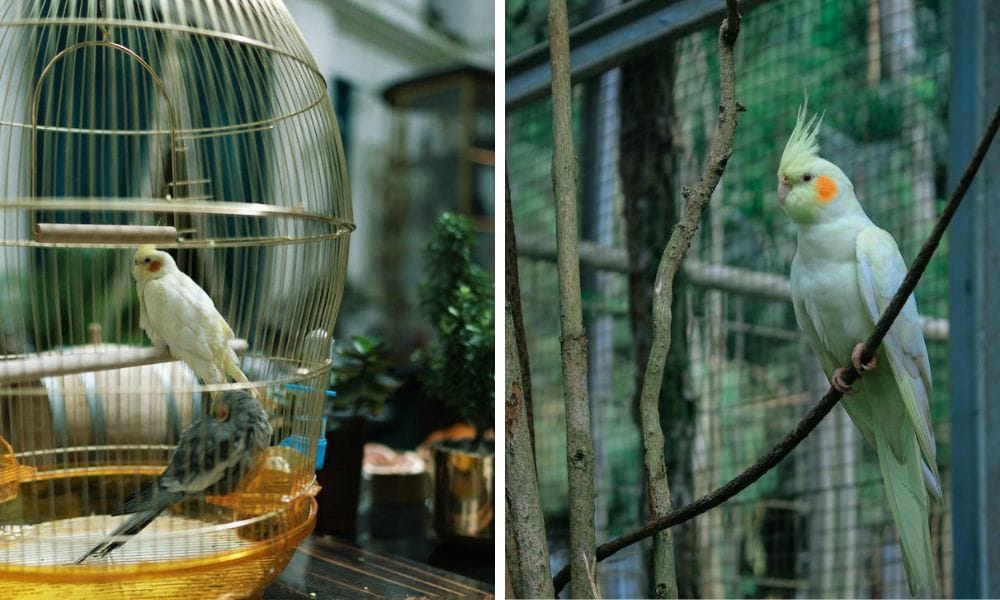
The Origin of Yellow Cockatiels
The yellow cockatiel, also known as the lutino cockatiel, is one of the most beloved pet birds in the aviculture world. Originating from the wild type, the normal grey cockatiel, this second cockatiel mutation was first bred in captivity. The lutino gene, responsible for the bird's bright yellow feathers and red eyes, was a result of selective breeding, a practice that has given rise to many color mutations in cockatiels.
Understanding the Lutino Mutation
The lutino cockatiel is one of the most striking mutations within the cockatoo family. This mutation causes a lack of melanin, resulting in white to light yellow plumage and bright orange cheek patches. The lutino gene is also linked to the bird's red eyes, a distinctive feature that sets it apart from other parrots.
Identifying Male and Female Cockatiels
Distinguishing between male and female cockatiels can be a challenge, especially in lutino and other color mutations. Typically, male lutino cockatiels may exhibit brighter yellow coloring and more prominent white flashes on their tail feathers. In contrast, female pearl cockatiels often retain their pearl patterning, which may fade in males after their first molt.
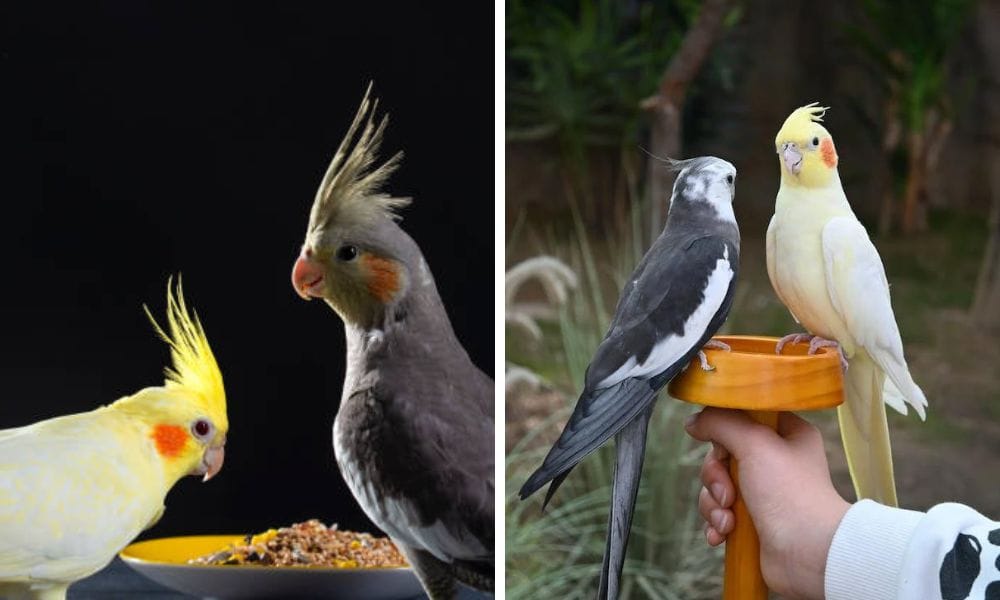
The Allure of the Gorgeous Lutino Cockatiel
The gorgeous lutino cockatiel, with its bright yellow feathers and contrasting orange cheeks, is a sight to behold. These birds are not only visually stunning but also possess a friendly and affectionate temperament, making them a beautiful pet bird for families and individuals alike.
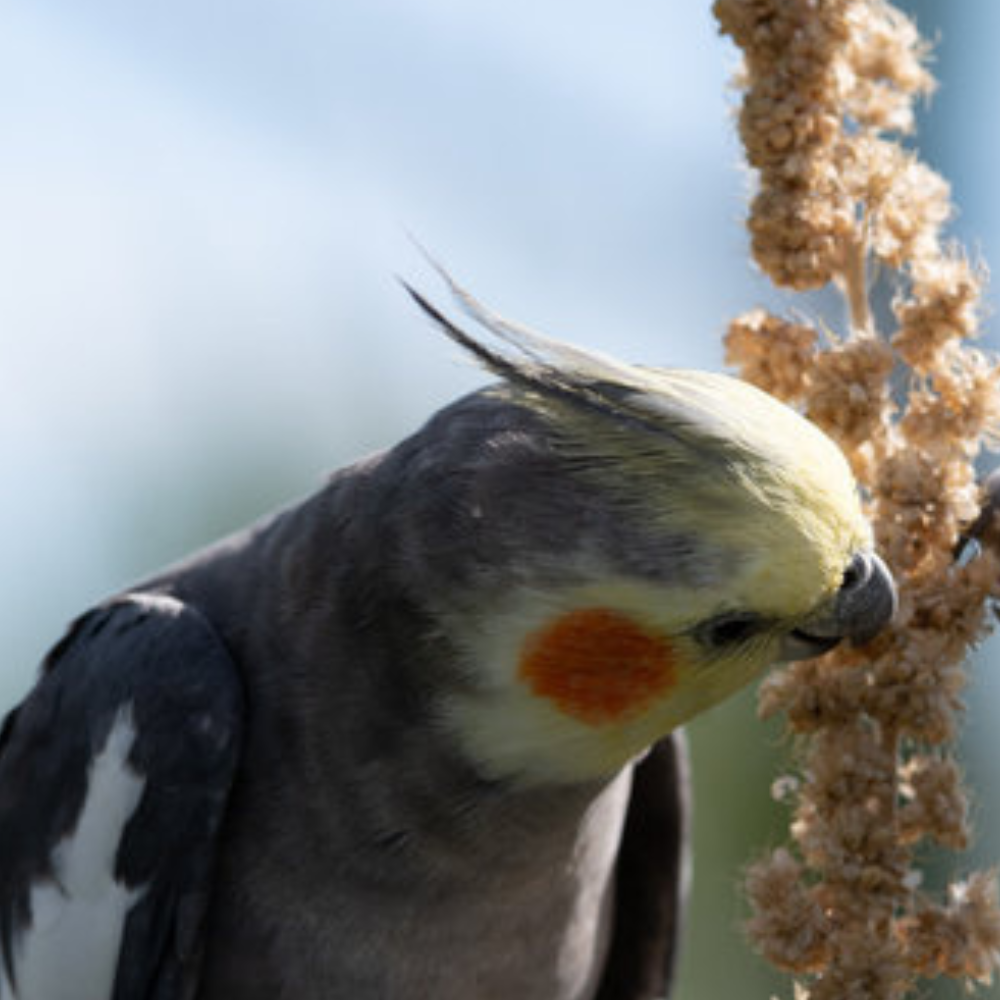
Caring for Your Yellow Cockatiel
When it comes to caring for a yellow cockatiel, their needs are similar to other birds in the parrot family. A spacious bird cage, a balanced diet, and regular interaction are essential. Additionally, providing a nest box can offer a sense of security, especially during breeding season.
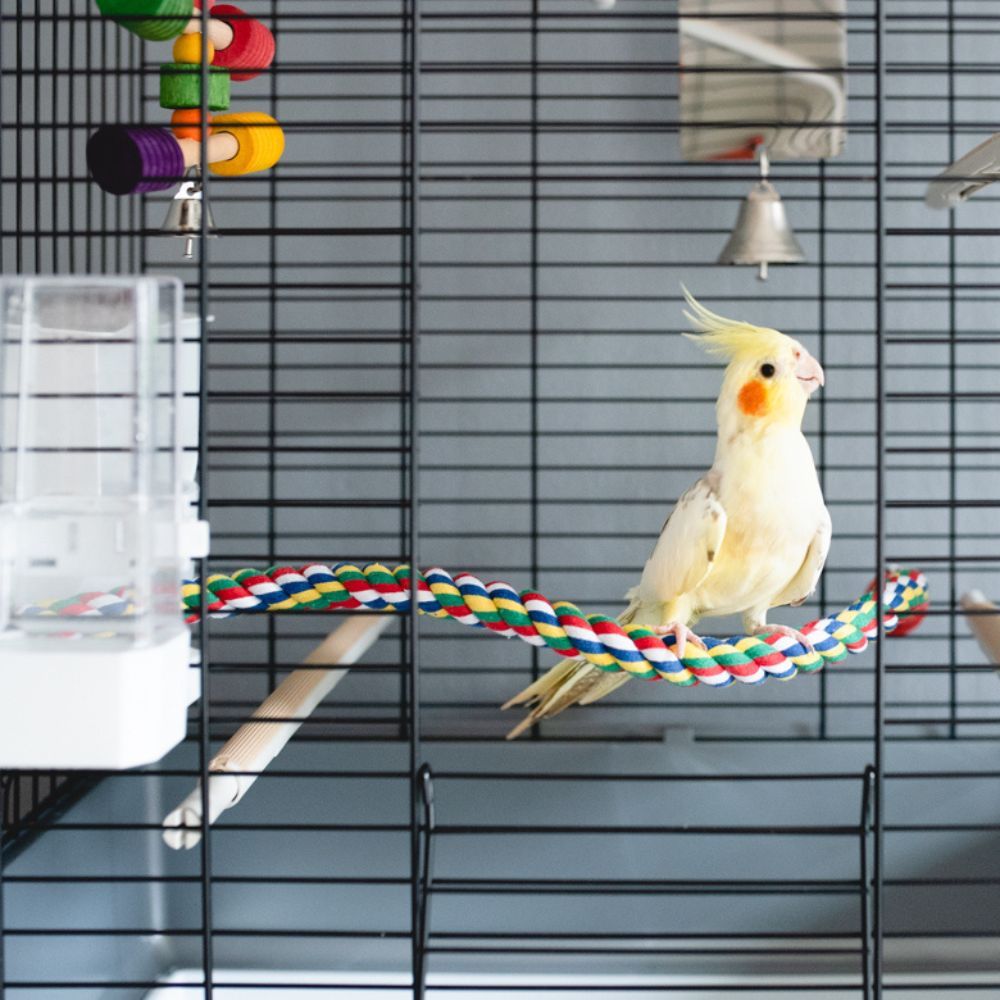
The Role of Diet in Maintaining Vibrant Feathers
A proper diet is crucial for maintaining the bright yellow feathers of a lutino cockatiel. Foods rich in vitamins and minerals, along with a mix of seeds, pellets, and fresh fruits and vegetables, will ensure your cockatiel's plumage remains lustrous and healthy.
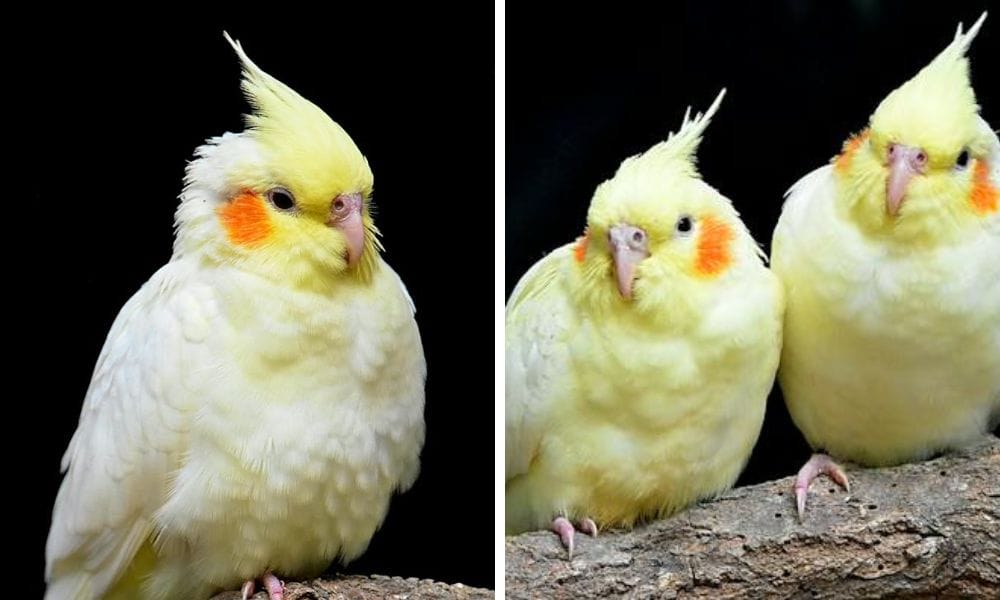
Breeding Yellow Cockatiels
Breeding yellow cockatiels requires an understanding of genetics, particularly the inheritance of the lutino gene. When a lutino cockatiel is paired with a normal grey cockatiel or another mutation, such as the cinnamon cockatiel or pied mutation, the resulting offspring can exhibit a range of color patterns, including lutino pearl and lutino pied.
The Intricacies of Cockatiel Color Variations
Have you ever marveled at the vast spectrum of colors in a flock of cockatiels? The Nymphicus hollandicus species is a canvas for a stunning variety of hues, from the primarily grey base of a classic cockatiel to the striking white plumage of an albino. The male cockatiel often boasts a bold yellow head and a vivid orange cheek patch, which are among the most recognizable features of these charming birds. These facial feathers covering the cheeks can captivate any bird enthusiast with their intensity and charm.
In contrast, the female pearl cockatiel is a masterpiece of subtlety, with a light grey backdrop adorned with a pattern that resembles pearls, hence the name "pearl pied." This pattern is especially prominent on their long tails and wings, creating a mesmerizing effect as they flutter about. The yellowish tint that sometimes graces their feathers adds a delicate touch to their appearance, distinguishing them from their male counterparts. It's this intricate dance of genetics that paints each cockatiel with its unique brushstrokes, making every bird a one-of-a-kind treasure.
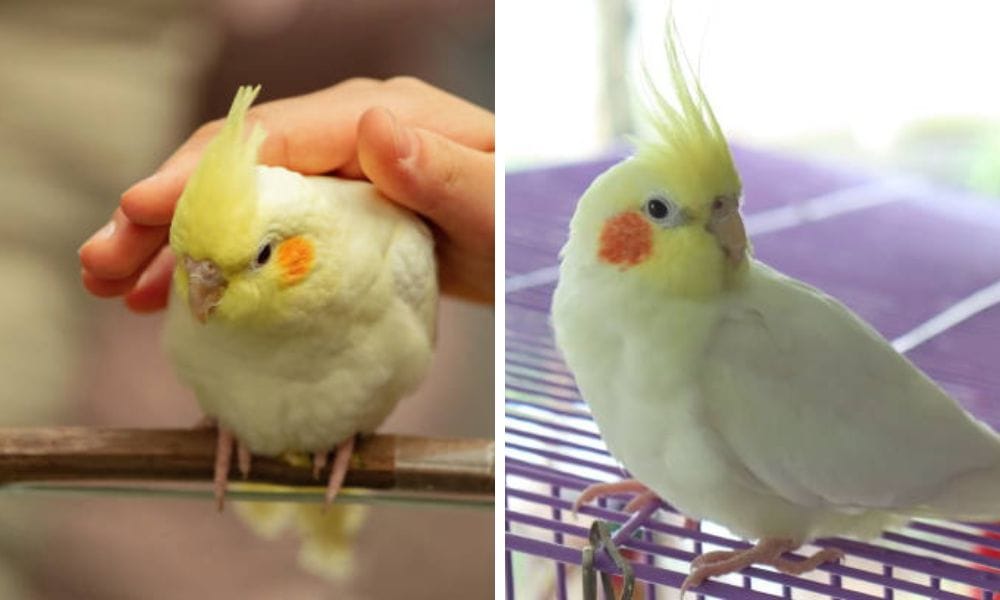
The Diverse Palette of Cockatiel Mutations
Diving deeper into the genetics of these feathered friends, we encounter a fascinating array of mutations that contribute to their diverse color palette. The light yellow body of the Lutino mutation is one such example, where the absence of melanin results in a luminous, almost ethereal bird. But the surprises don't stop there. Have you heard of the blue cockatiel? While not as common as the yellow crest or albino varieties, this mutation is a testament to the hidden potential within the cockatiel's plumage.
Another intriguing aspect is the pearl pied pattern, which can appear in both males and females, although it's often more pronounced in females. The males may lose this patterning as they mature, while the females retain the intricate designs on their outer edges. The breed also plays a role in the coloration; for instance, a cockatiel with a beak that's a lighter shade may indicate a different lineage. These genetic marvels not only create a visual feast for the eyes but also provide endless opportunities for breeders and enthusiasts to explore and admire.
The Significance of Nest Boxes
Nest boxes play a pivotal role in the breeding process of cockatiels. These boxes provide a safe and secluded space for females to lay their eggs. It's important to choose the right size and type of nest box to accommodate the breeding pair comfortably.
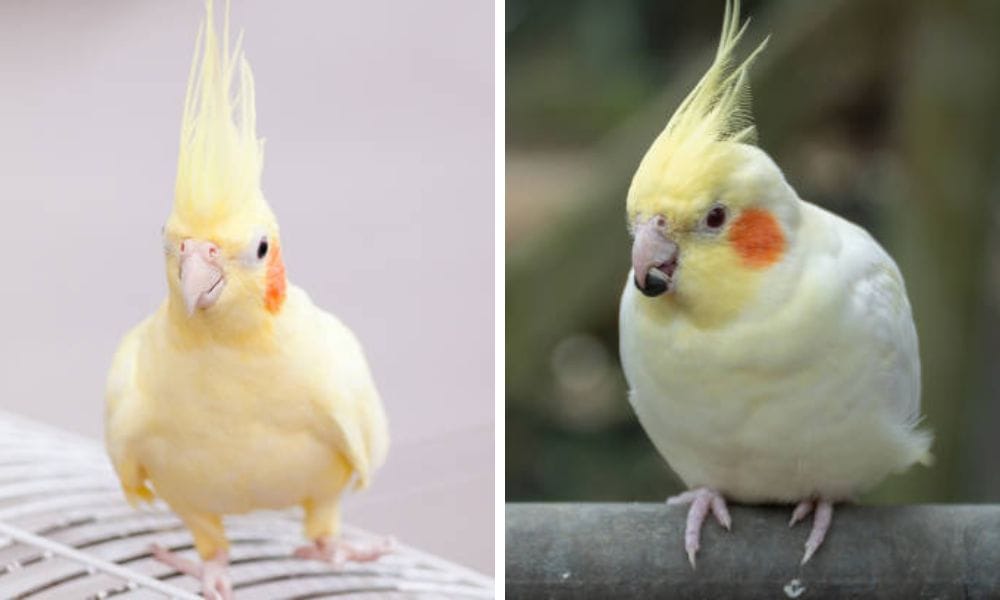
Social Behavior and Communication
Yellow cockatiels are known for their social nature and ability to communicate through various sounds. While they may not talk cockatiels like some other parrots, they can learn to mimic whistles and simple tunes, creating a delightful bond with their owners.
Health and Wellness Checks
Regular health checks are vital for yellow cockatiels, as they can be prone to certain conditions due to their color mutation. Monitoring their behavior, feather condition, and overall activity levels can help catch any issues early on.
The Fascinating World of Cockatiel Mutations
Beyond the lutino mutation, the cockatiel's plumage can exhibit a range of other color mutations, such as the pied, pearl, and cinnamon varieties. Each mutation brings its own unique beauty to the bird, making the cockatiel a diverse and fascinating species in the animal world.
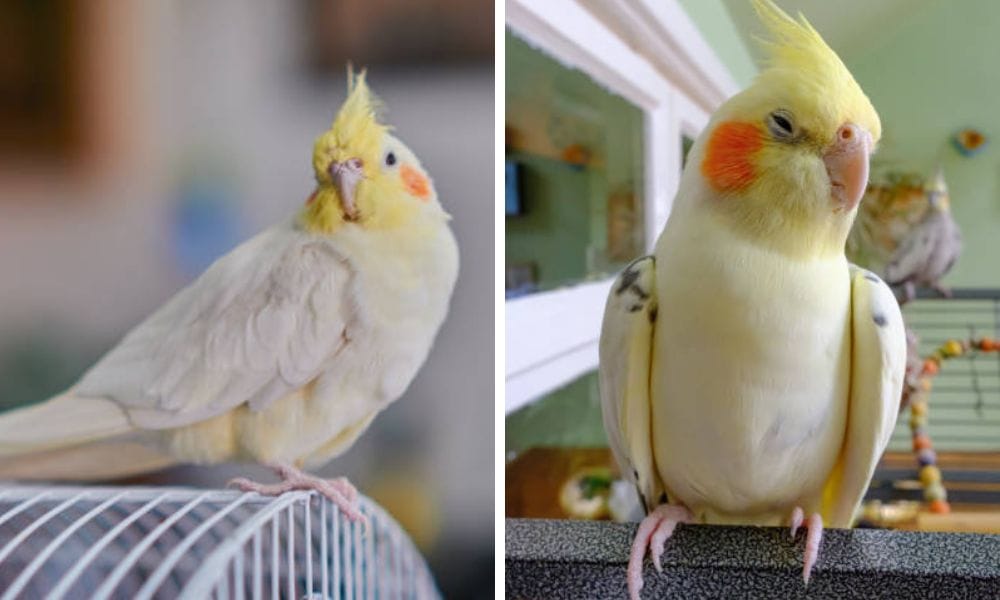
The Legacy of Cliff Barringer and the Florida Parrot Jungle
Cliff Barringer, a pioneer in the world of aviculture, played a significant role in popularizing cockatiels as pet birds. His work at the Florida Parrot Jungle helped introduce these charming birds to a wider audience, contributing to their status as beloved companions.
The Impact of Environment on Cockatiel Behavior
The environment in which yellow cockatiels are raised can greatly influence their behavior and temperament. A nurturing and stimulating environment, providing playground will encourage your cockatiel to be more active, curious, and sociable.
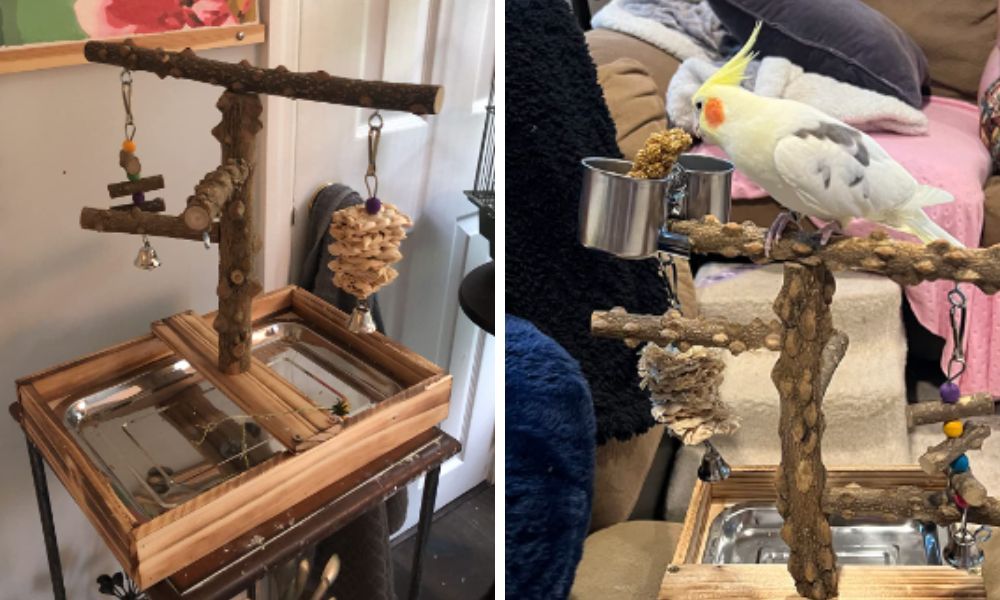
The Joy of Owning a Yellow Cockatiel
Owning a yellow cockatiel can bring immense joy and companionship to your life. Their playful antics, affectionate nature, and stunning appearance make them an ideal pet for bird enthusiasts and novices alike.
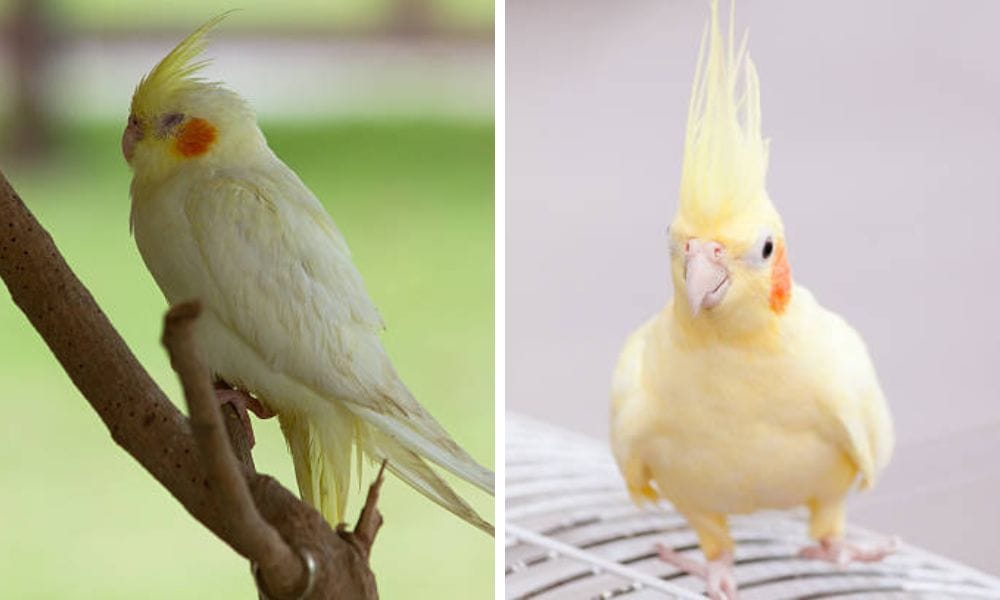
The Future of Yellow Cockatiels in Aviculture
As breeding techniques and genetic understanding continue to advance, the future of yellow cockatiels in aviculture looks bright. Enthusiasts can expect to see even more variations and improvements in the health and vitality of these captivating birds.
Summary
Yellow cockatiels, particularly the lutino variety, are a testament to the beauty and diversity of the aviculture world. With their bright yellow feathers, red eyes, and friendly demeanor, they make for a delightful addition to any home. Understanding their care requirements, breeding patterns, and social behaviors will ensure that these birds thrive under your care, bringing joy and color to your life for years to come.
FAQ Section
Q: How can I tell if my yellow pet cockatiel is male or female? A: In lutino cockatiels, males typically have a brighter yellow face and may lose the pearl patterning after their first molt, while females often retain the pearl or other patterns. However, DNA testing is the most accurate method to determine the sex of your bird.
Q: What should I feed my yellow pet cockatiel to keep its feathers bright? A: A balanced diet consisting of high-quality pellets, fresh fruits and vegetables, and a limited amount of seeds will help maintain the vibrant color of your cockatiel's feathers. Supplements can also be added as recommended by a veterinarian.
Q: Can yellow cockatiels learn to talk? A: While yellow cockatiels may not be as proficient at talking as some other parrot species, they can learn to mimic whistles and simple tunes. Regular interaction and training can enhance their vocal abilities.

